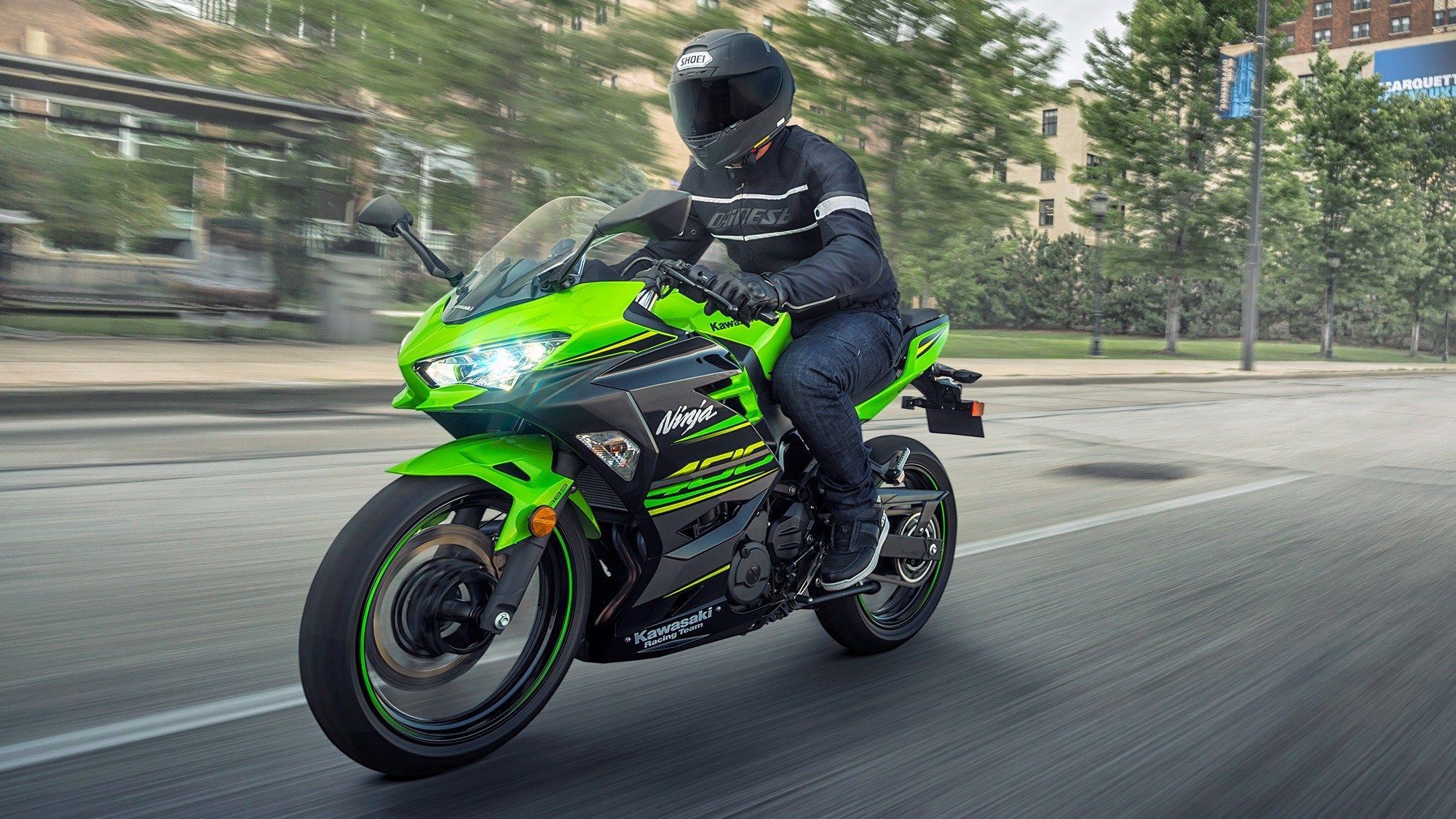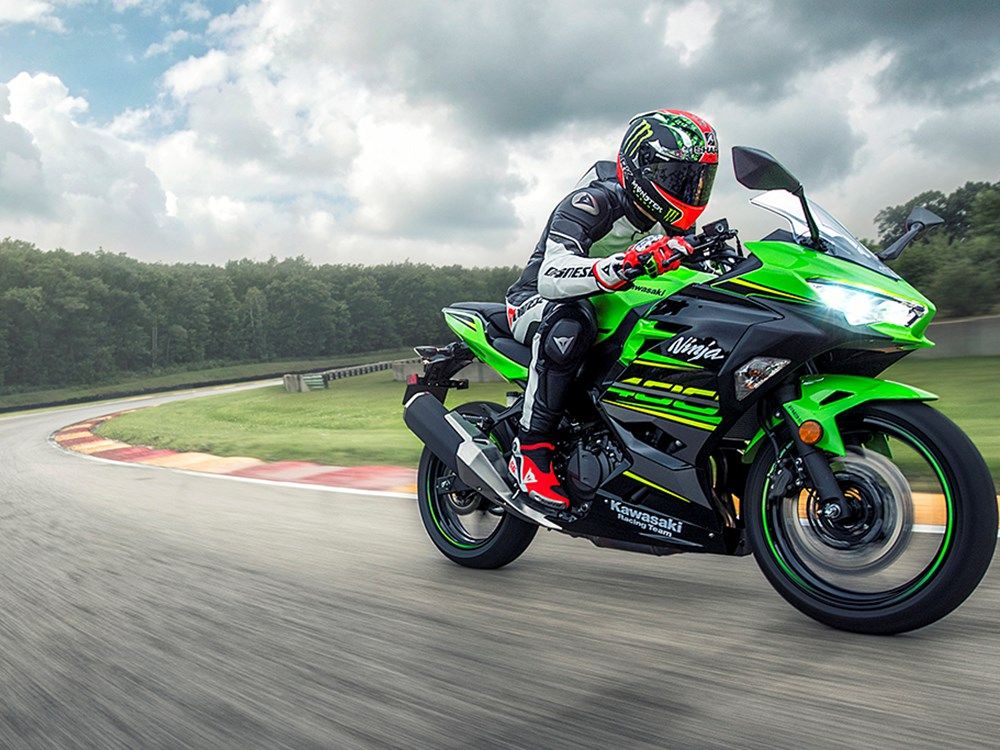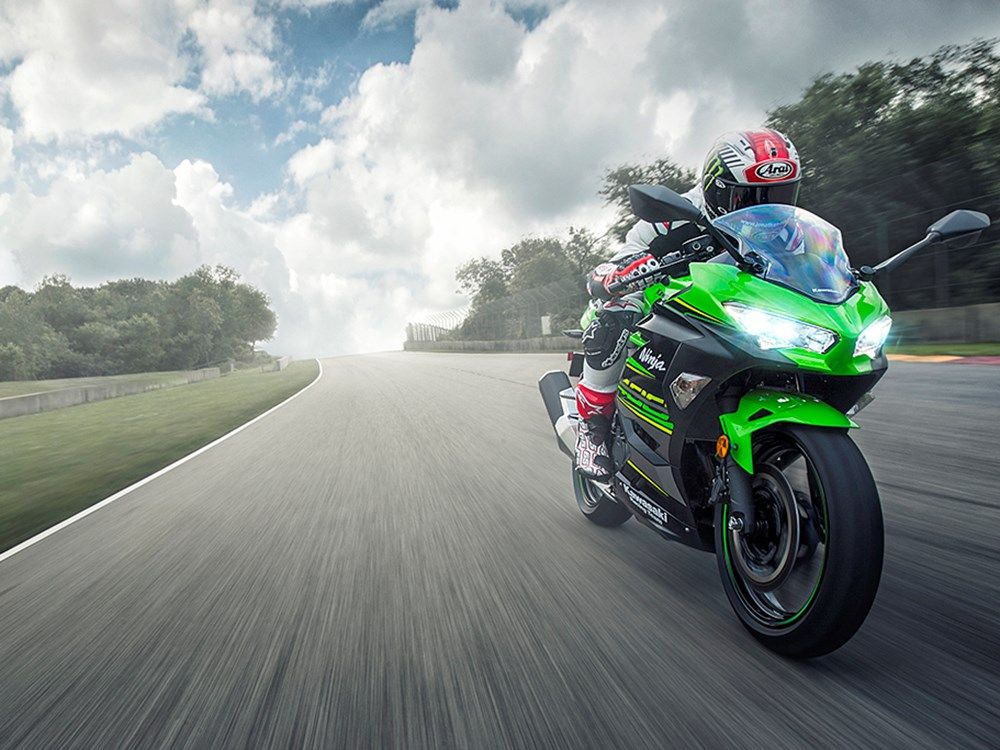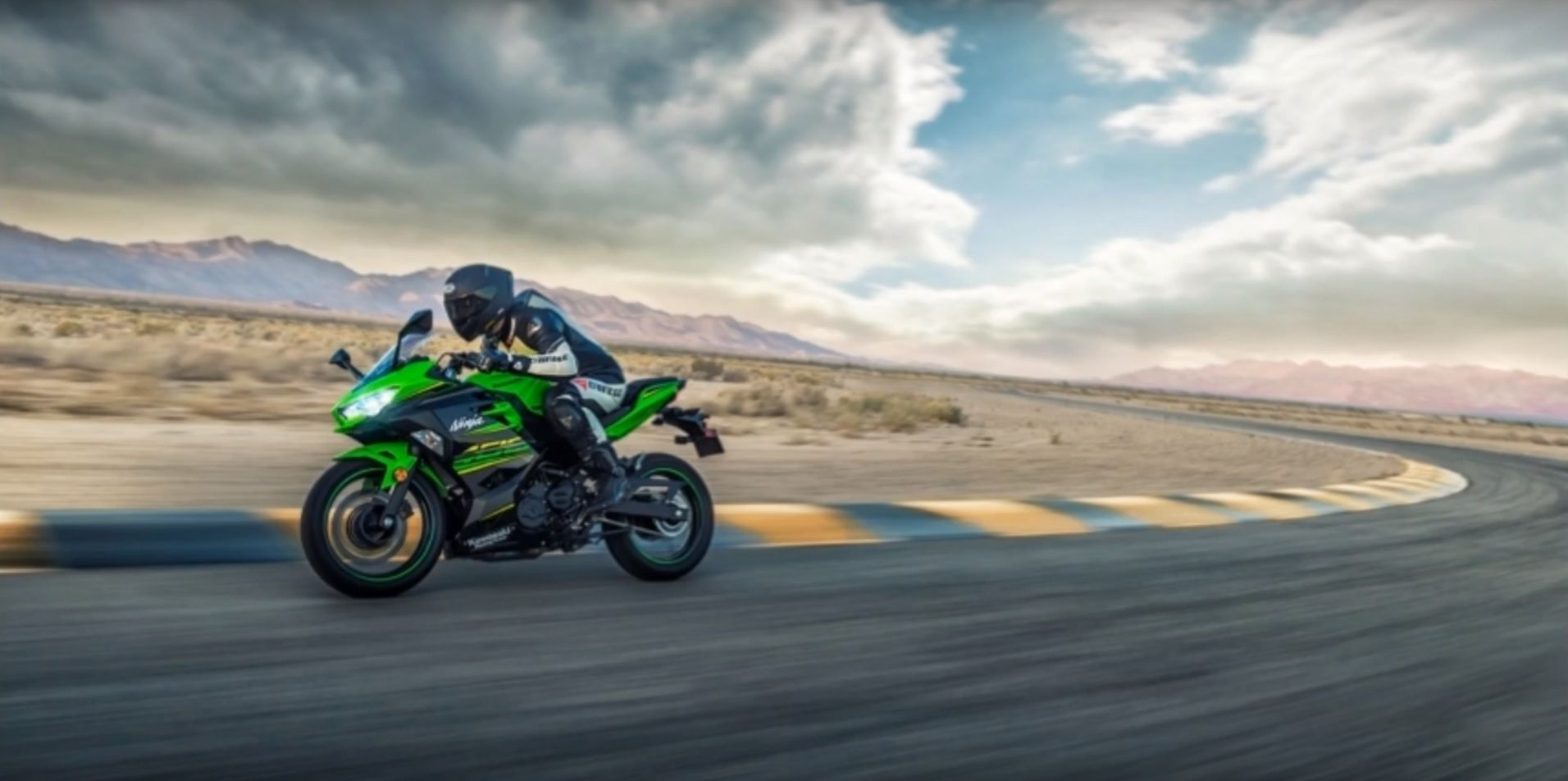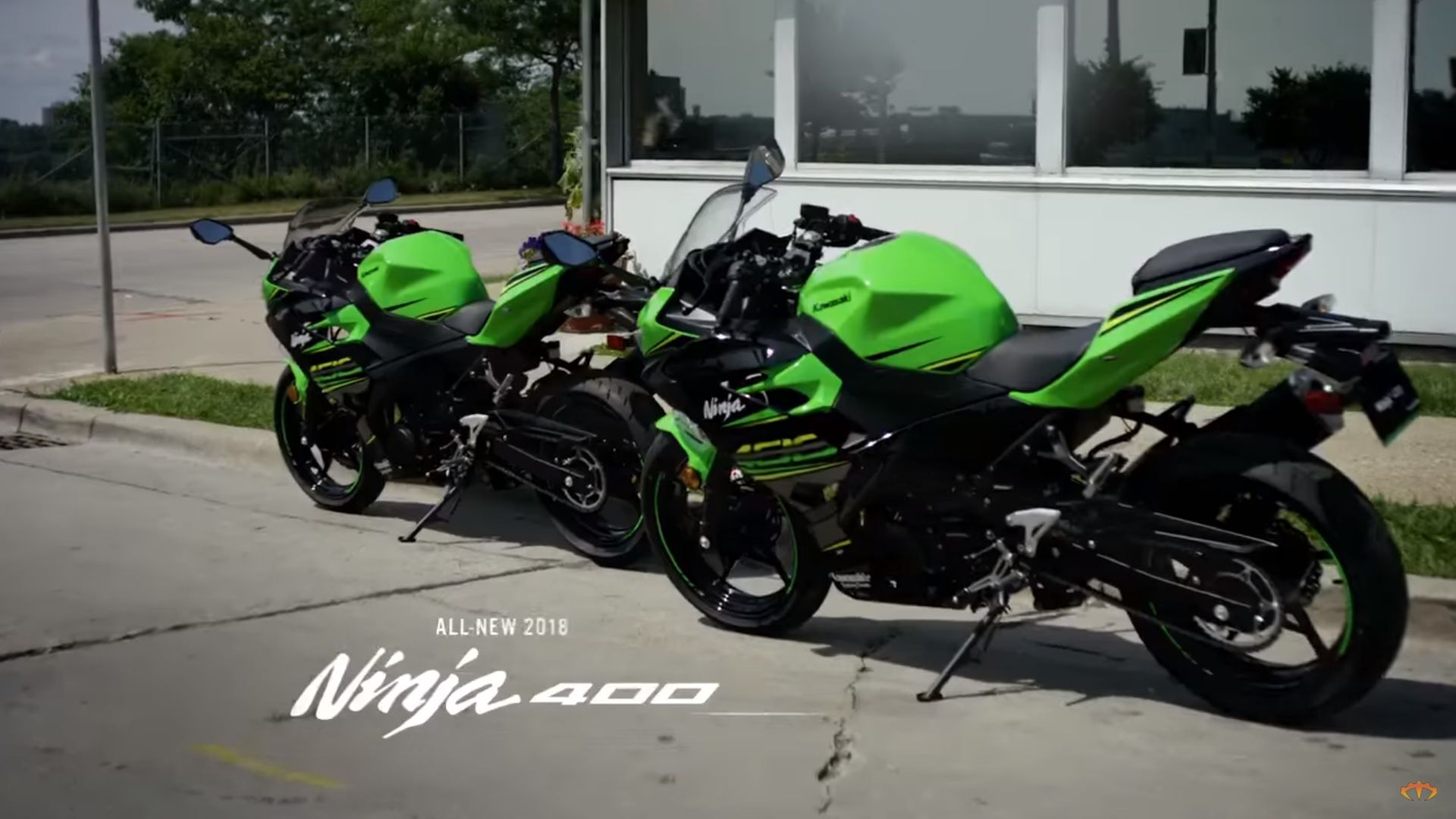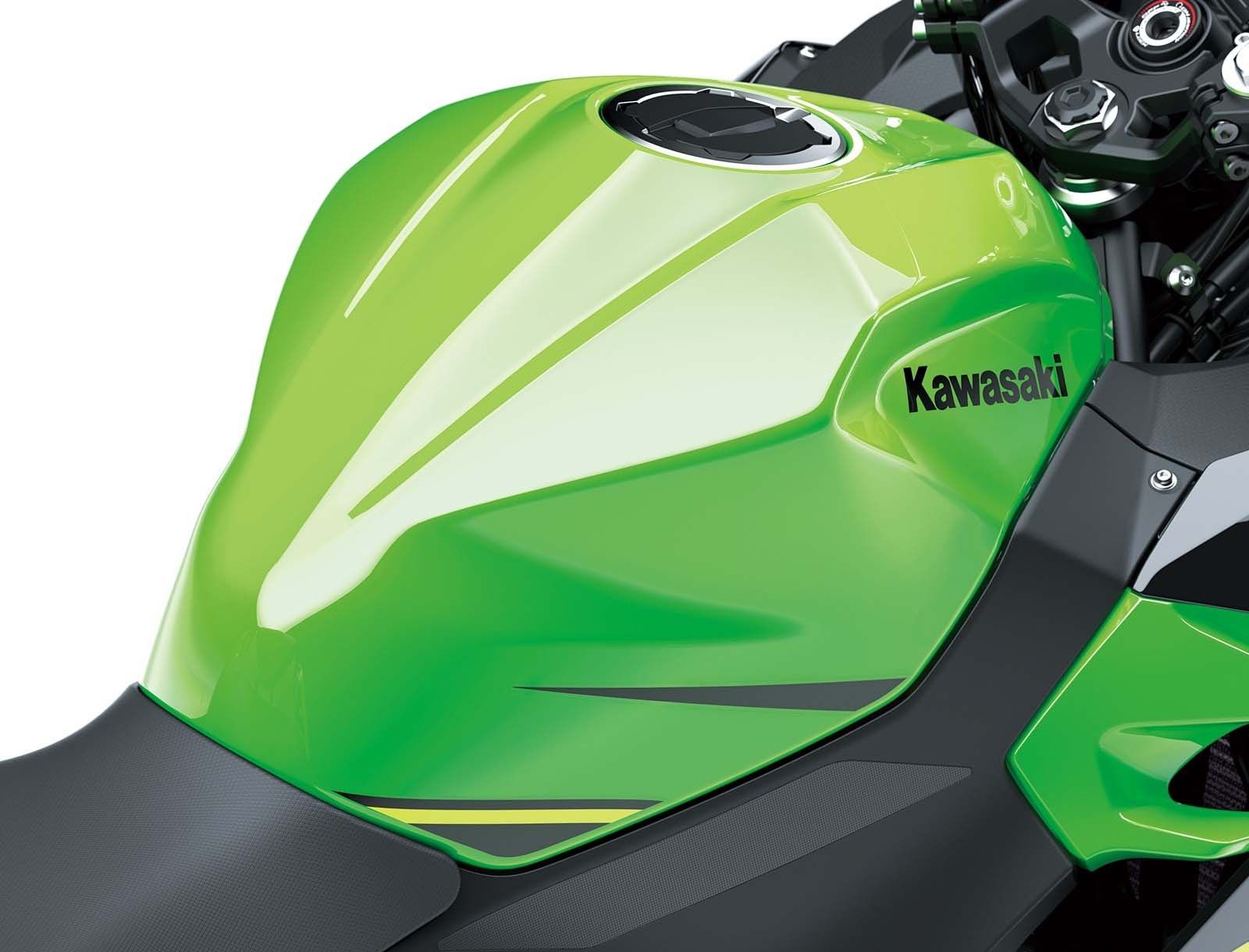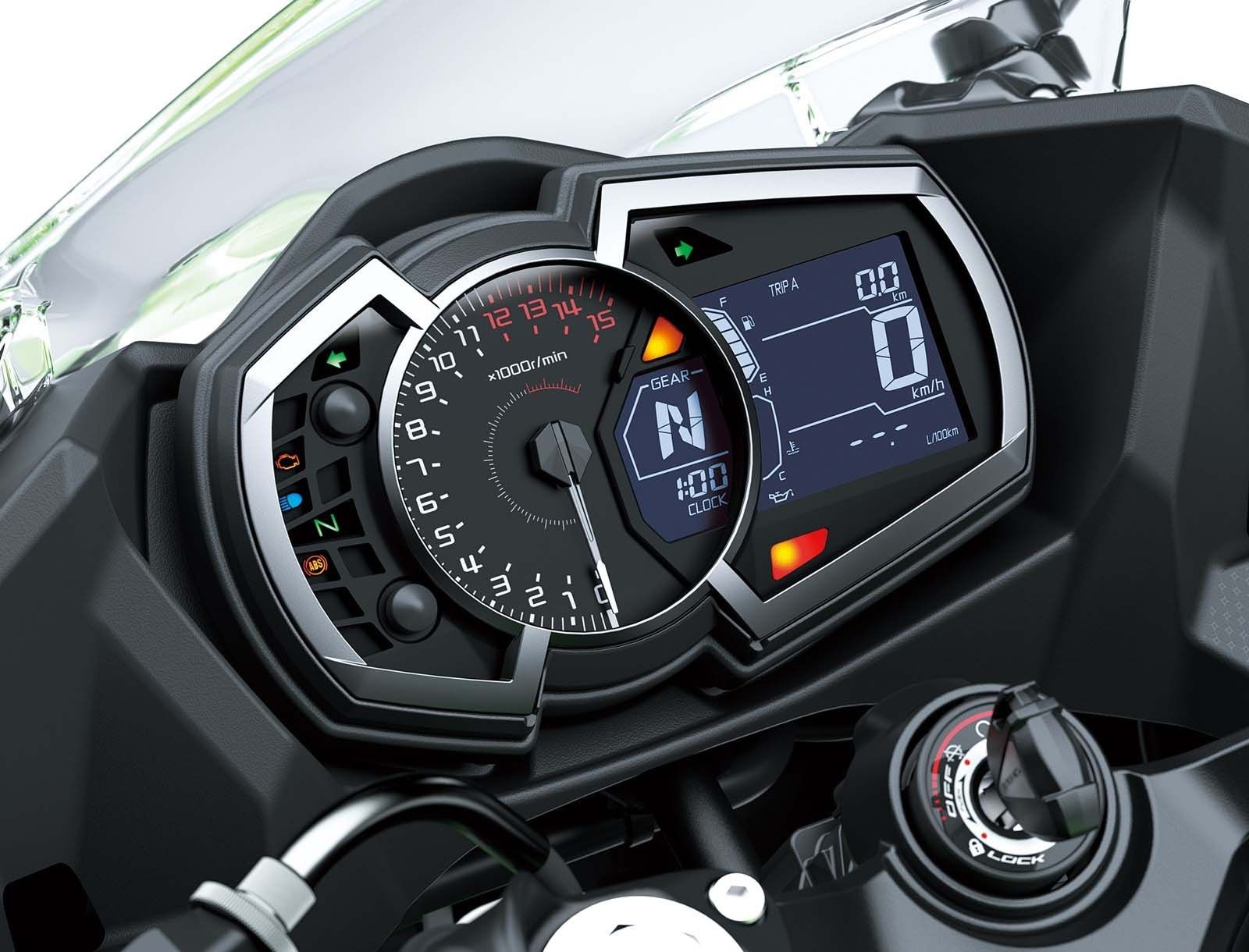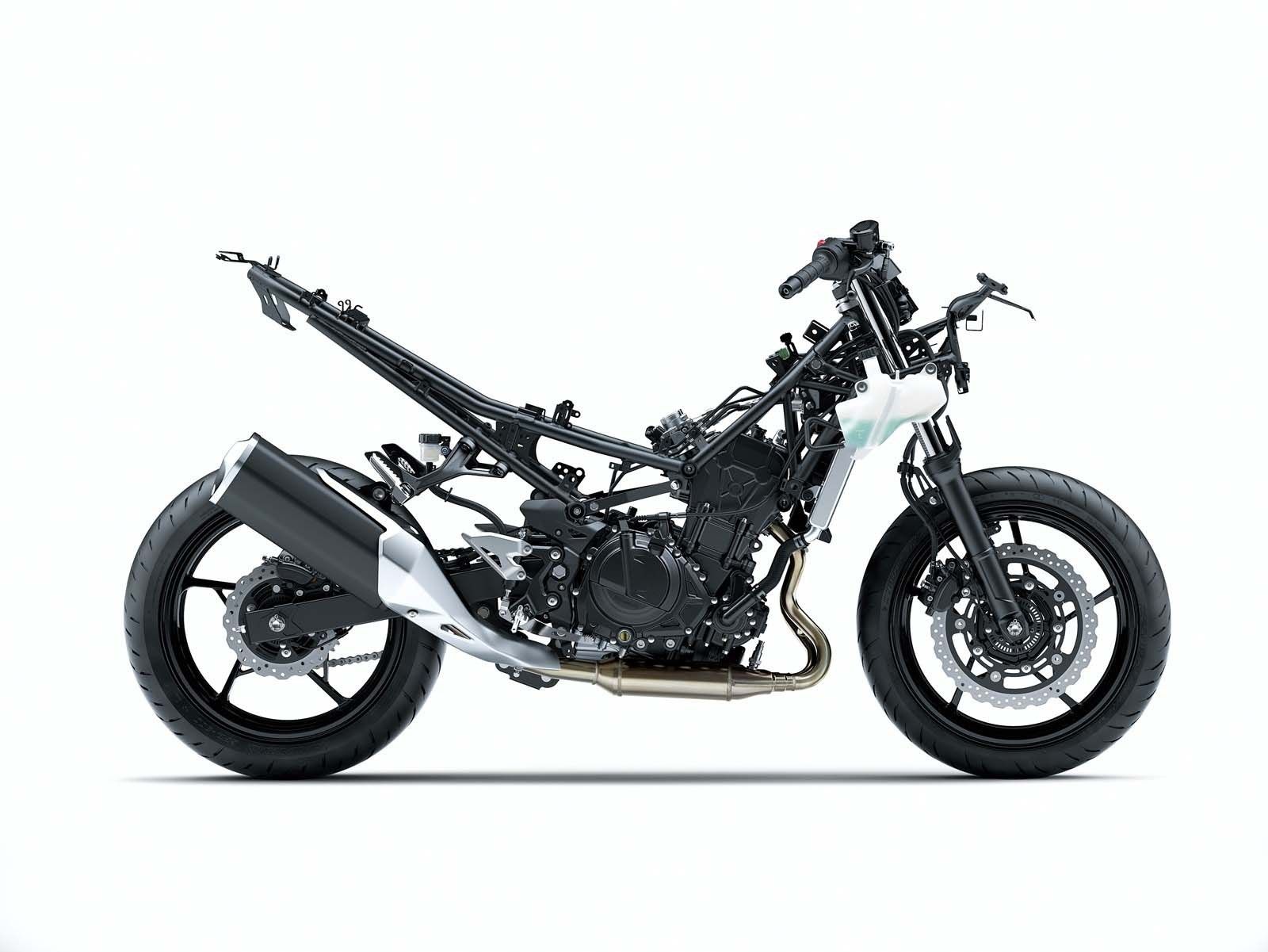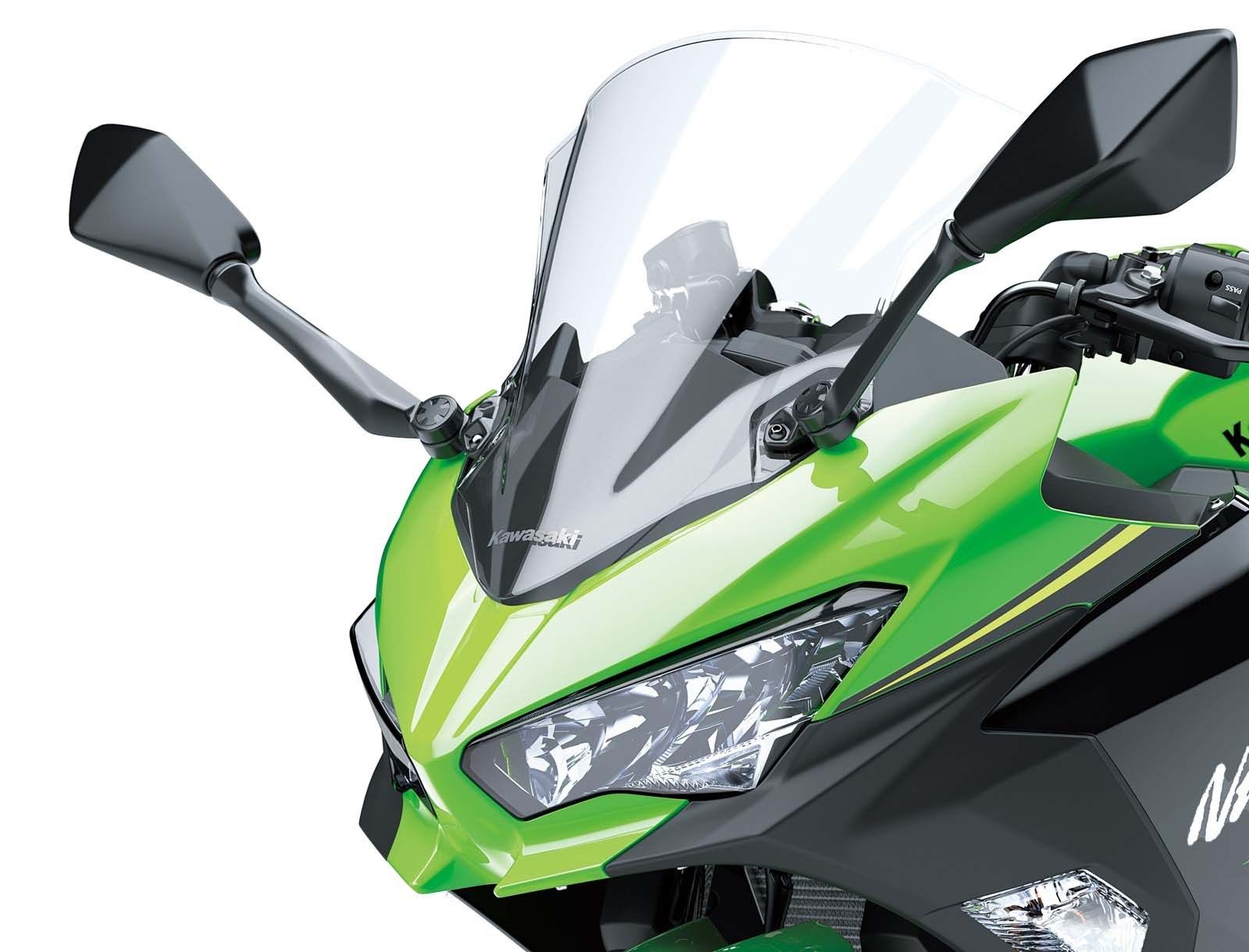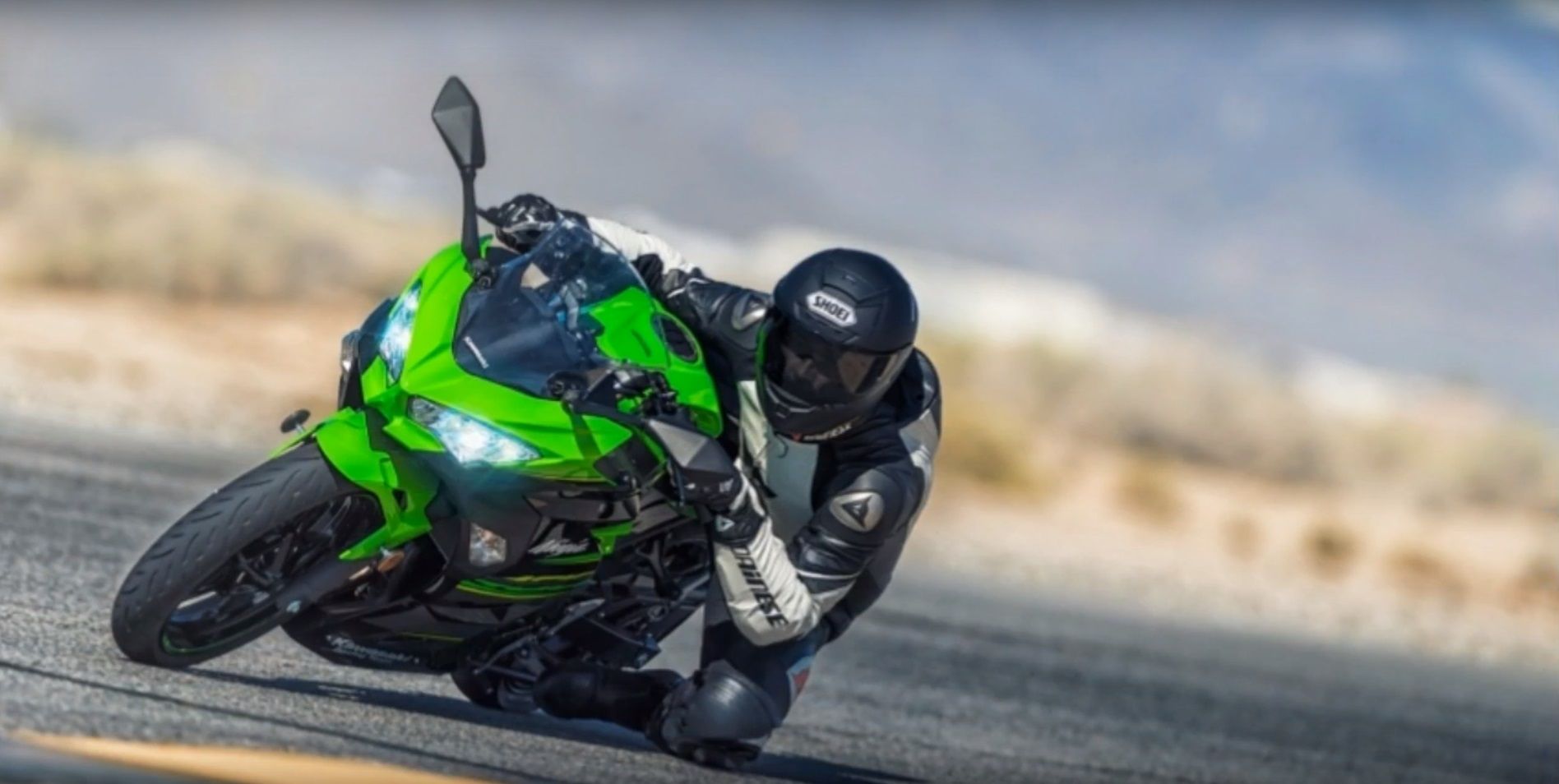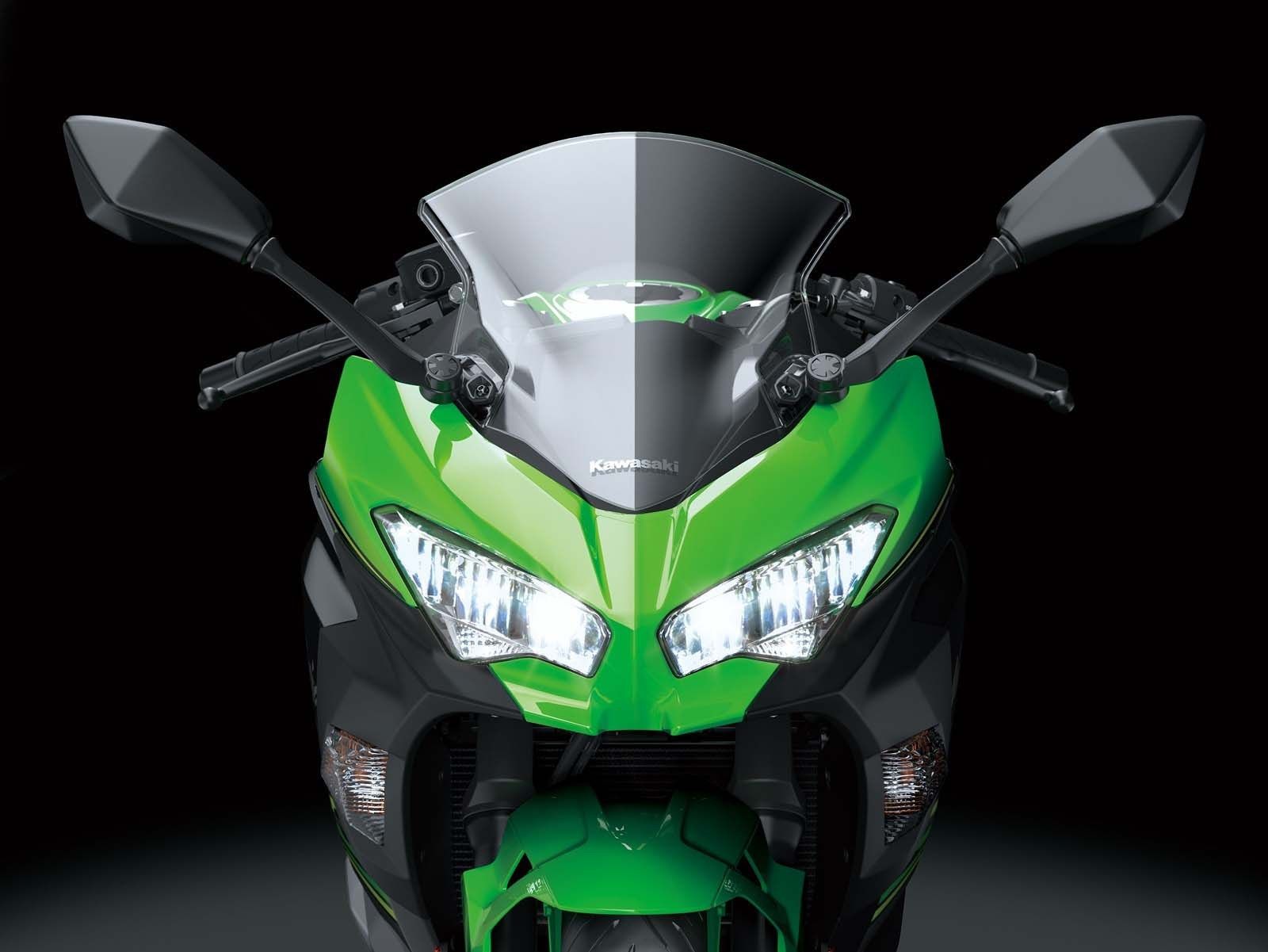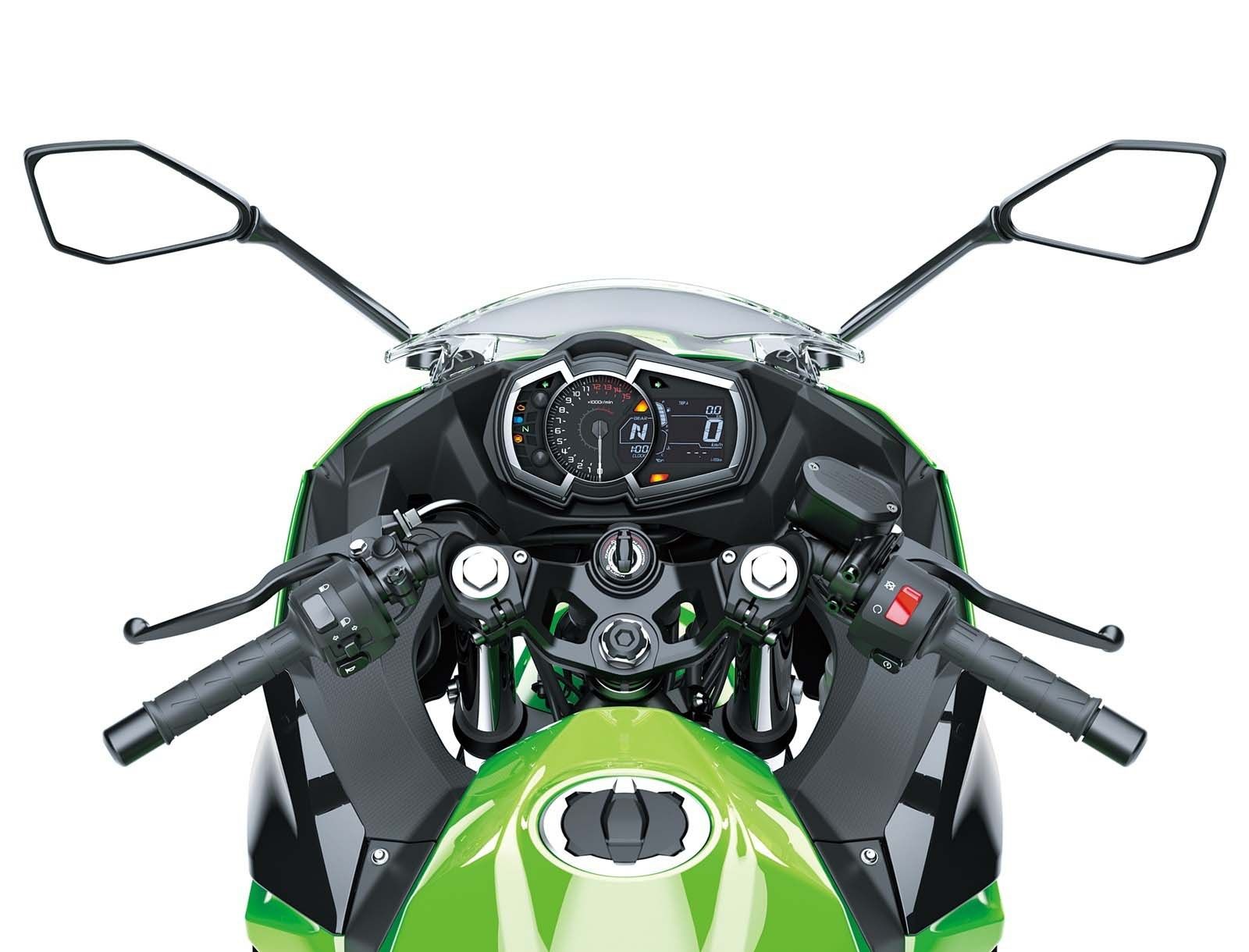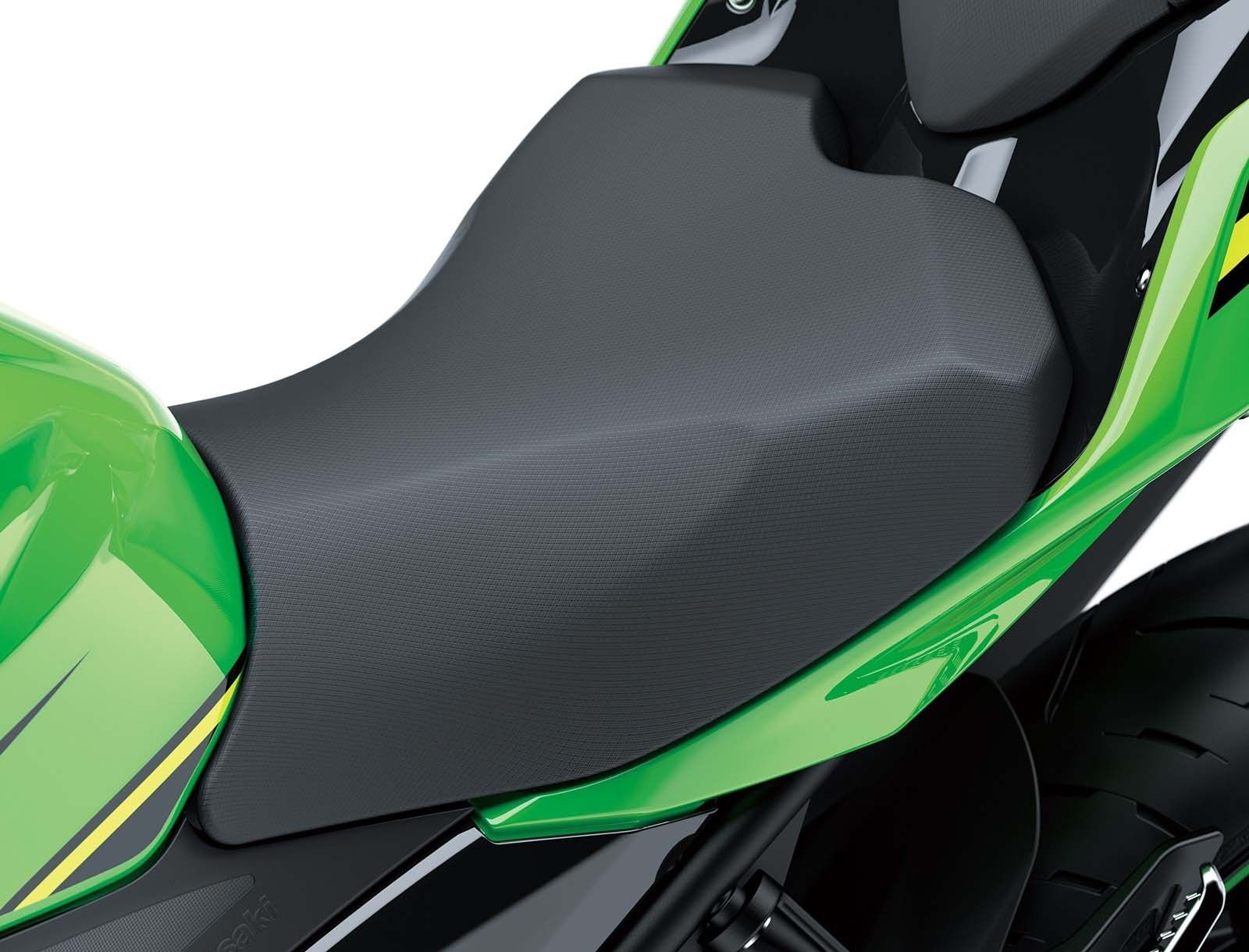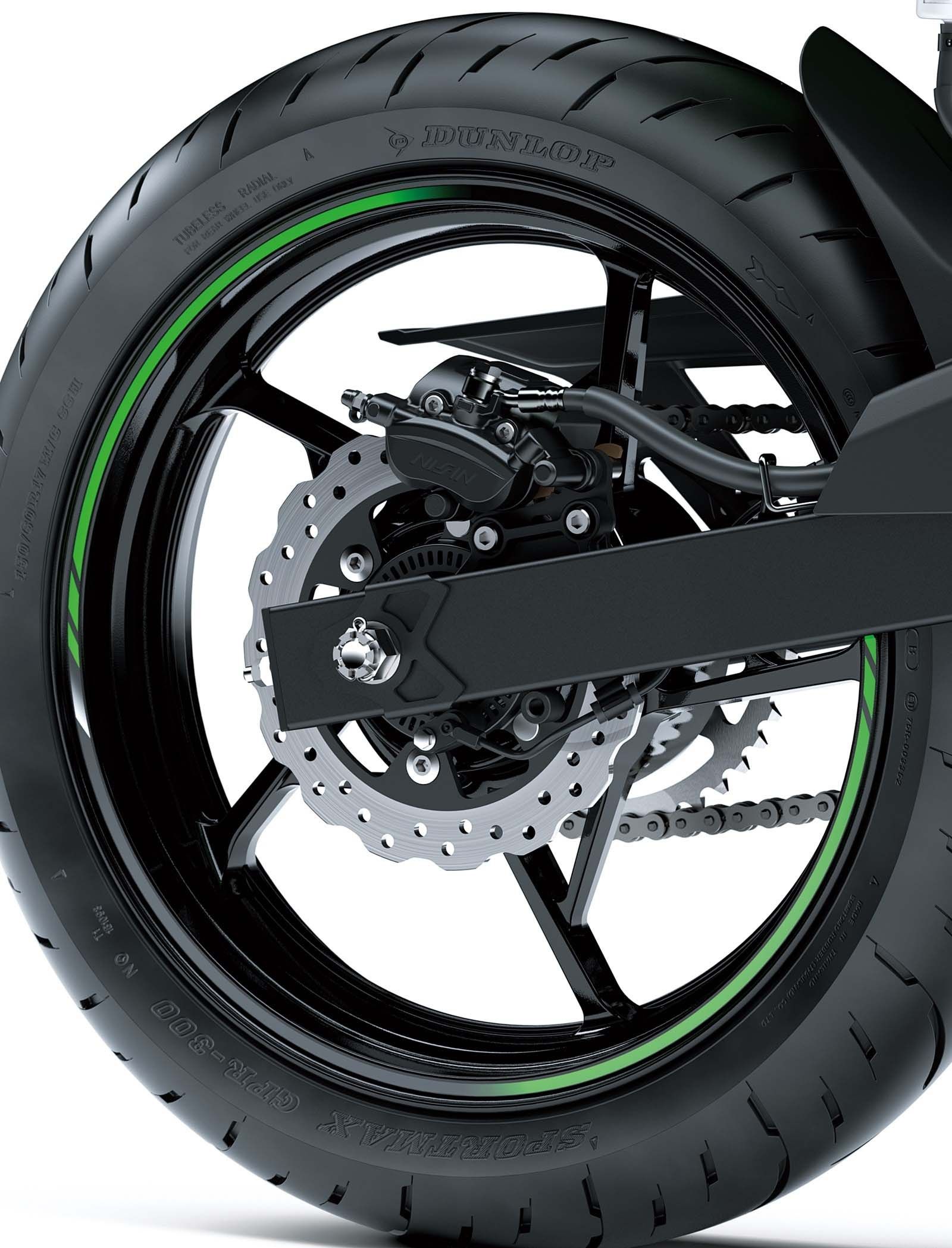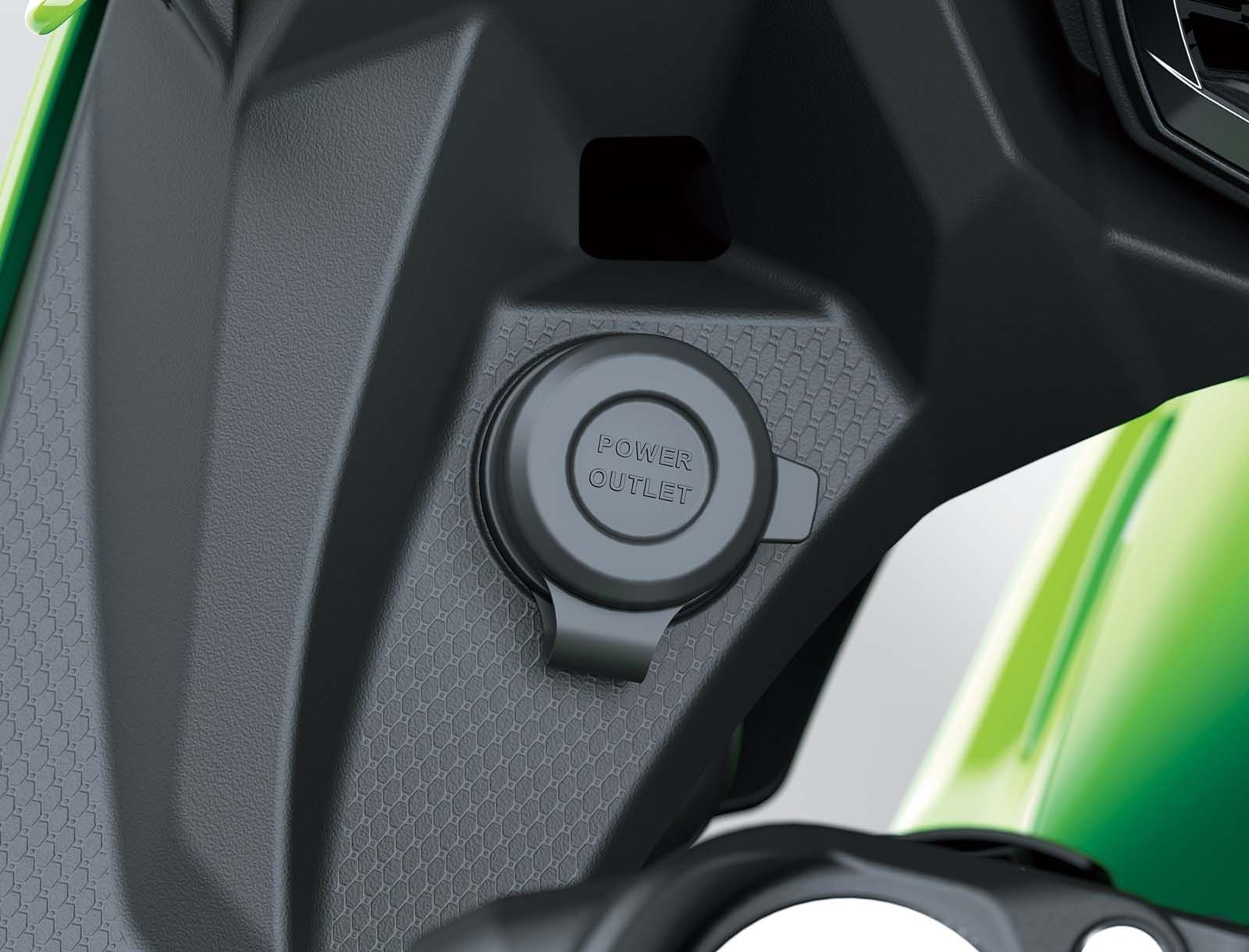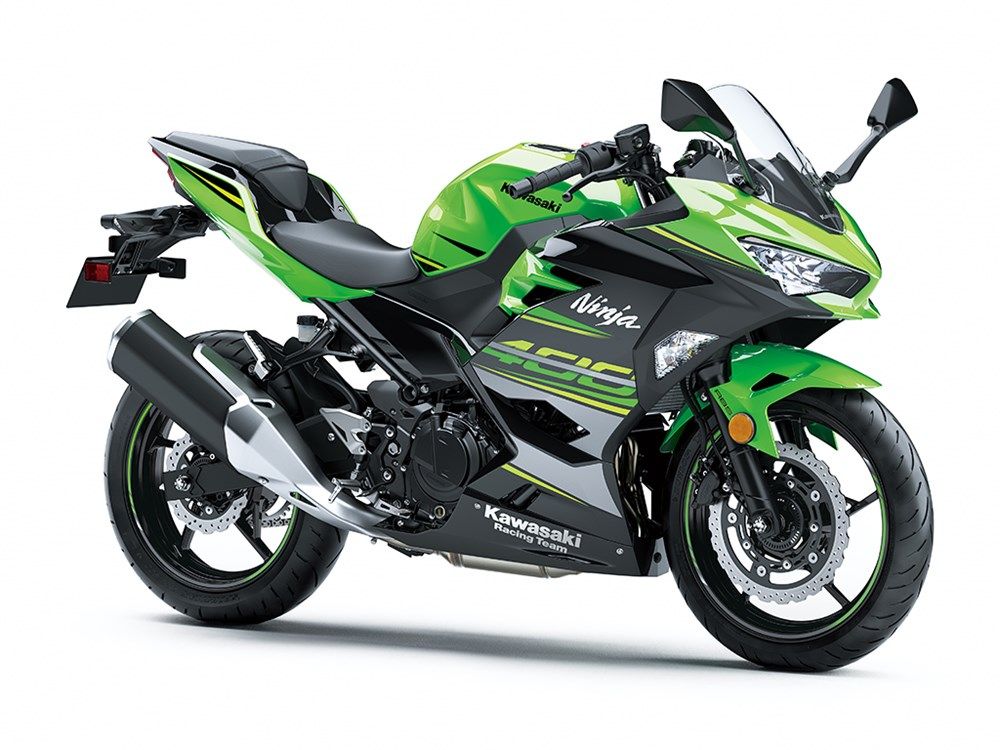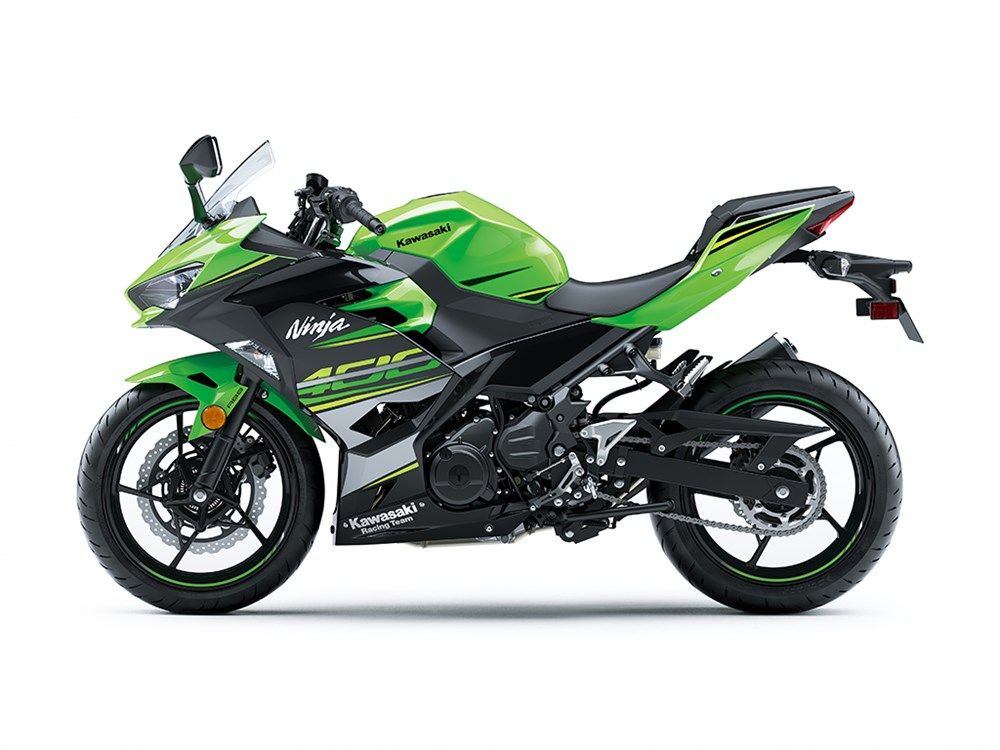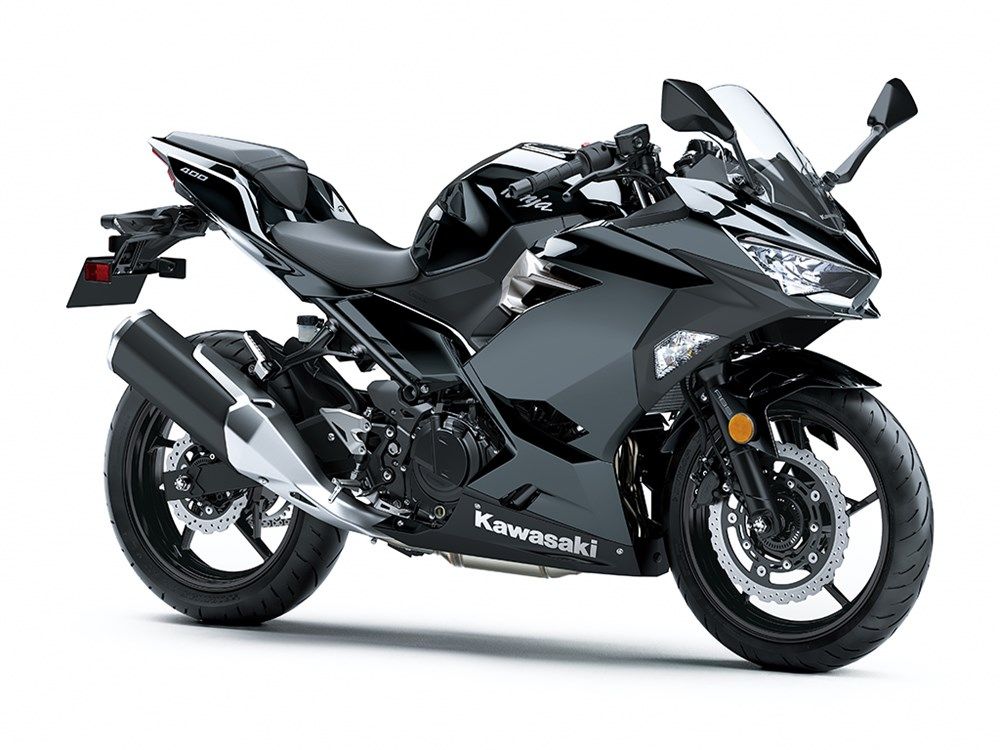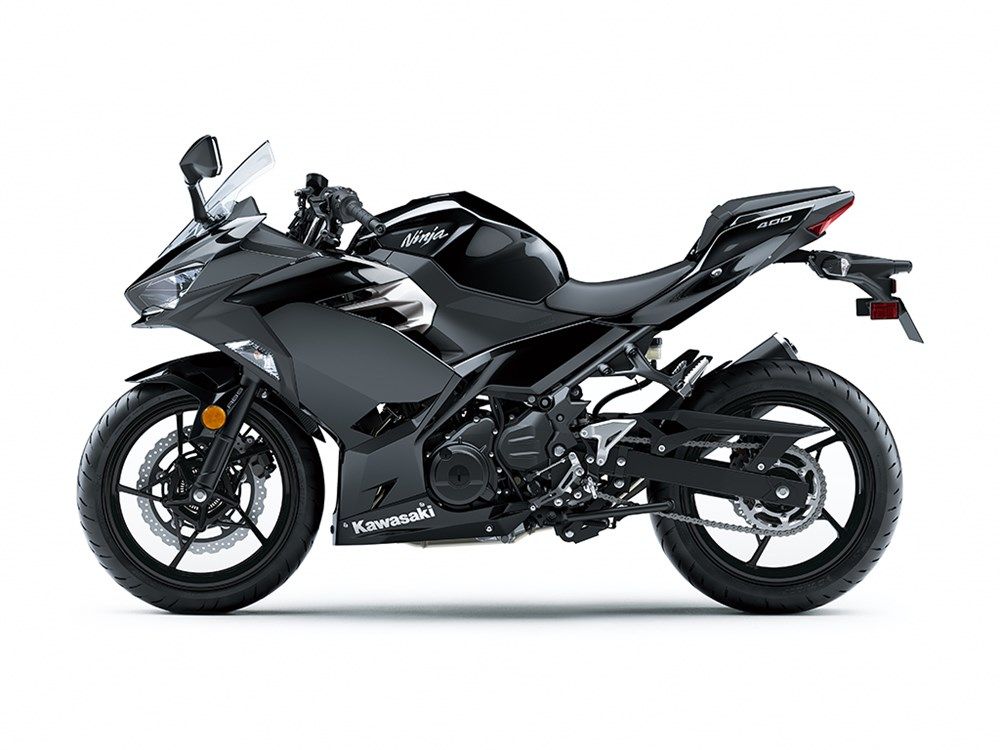The Ninja 400 is not a badge you’ll see for the first time on a Kawasaki machine. The Japanese used to make the ‘Ninja 400R’ in 2011 for Asian, Canada and New Zealand markets. But was culled from the showroom floors within a couple of years of its launch.
The news of the new 2018 Ninja 400 has been doing the rounds on the internet ever since a Milwaukee television news broadcast gave us a glimpse of the 399 cc green machines while they were parked on the streets for a commercial shoot. Then, the California Air Resources Board (CARB) documents published indicated that the motorcycle would be coming to US shores soon.
All of this gave us the kicks, and it was only time before it was confirmed. Well, it’s now officially arrived as expected.
Showcased at the ongoing Tokyo International Motor Show, the all-new Ninja 400 will replace the existing Ninja 300 since the Japanese decided not to overhaul the 300 to conform to Euro IV norms.
This makes the Ninja 400 as the brand’s entry-level sportsbike having greater performance, better-structured chassis, better features, more rider aids and top-quality fit and finish compared to the Ninja 300 it is replacing. It is also 8 kilos lighter.
The bodywork has been picked up from its elder siblings, the Ninja 650 in particular, and gets a ‘large-volume bodywork’ that offers better wind protection to the rider than the 300. It carries styling influences of the chin spoilers and the tail cowl from the mighty Ninja H2 along with the swingarm mounting plate and the lightweight steel trellis frame.
It also shares the same instrument cluster with the Ninja 650, contributing to the high-grade feel of the package. As with modern times, the 400 gets all around LED treatment including headlamps and the taillights. The fuel tank, however, has shrunk in size offering only 3.6 gallons while the Ninja 300 had a 4.5-gallon fuel tank.
The newly built 399cc powerplant will pump out 45 hp of peak power compared to the 38 hp from the Ninja 300; thanks to the new downdraft intake and the larger airbox offering increased intake efficiency. The motor is similar in size to the Ninja 250 and 300 but is one kilogram lighter than the former even with the larger bore and stroke.
For those few of you looking for a small displacement in-line four, this could turn out to be a disappointing story since this Ninja 400 will be a parallel-twin cylinder pocket rocket like the 300 that will qualify for Japan’s sub-400cc license class. And the 45 hp will assure the 400 to be accessible for A2 license holders in the European market.
This means the Ninja 400 will get the upper hand in the entry-level sports bike segment that is filled with the likes of the Yamaha YZF-R3 (41 hp) and the KTM RC390 (43 hp) fully faired machines that have until now played spoilsport to the Ninja 300’s presence.
This move from Kawasaki will also wade off an early competition check with Honda planning to launch the lethal CBR250RR or revive the iconic CB400F and before BMW plans to put its G310 in a fairing.
We had witnessed similar situations with the Ninja 250R and the Ninja 300 before the latter took over as the brand’s ultimate small-displacement machine. Not anymore. Kawasaki Ninja 400 promises a "rider-friendly character" and "high controllability" with smooth throttle response and good low-end torque.
The bike is sportier, more aggressive and more fun to ride than the lesser cubed Ninja. It gets a new Assist & Slipper clutch for effortless gear shifts,and aggressive downshifts without the rear wheel chatter.
The 41mm forks replace the 37mms’ used on the previous editions and are there to give the rider precise feel and action. The bike comes equipped with the latest ABS unit from Nissin, clamping down on a 310mm semi-floating disc (the largest in its class).
Adding to the lightweight program is the 5-spoke wheels picked up from the 650 which gives improved lateral rigidity and cornering stability. The Ninja 400 also gets fatter rear rubber with 150/60R17 tire ratings.
Accessories will include a larger windshield, titanium Akrapovic exhaust, power outlet, ERGO-FIT high seat (+30 mm), tank bag, tank pad, radiator screen, frame sliders, wheel rim tape, pillion seat cover, helmet lock and U-lock.
Details, price and availability are scarce as of now but expect it to come sometime in the second half of 2018.
Kawasaki Ninja 400 Technical Specifications
|
L x B x H |
78.2 in x 27.9 in x 44 in |
|
Engine |
399cc liquid-cooled parallel-twin 8v DOHC |
|
Bore/stroke |
70mm × 51.8mm |
|
Power |
44.8 hp @ 10,000rpm |
|
Torque |
28 ftlb @ 8000rpm |
|
Seat height |
30.85 in |
|
Kerb weight |
370 lbs |
|
Fuel tank |
3.5 gallons |
|
Colours |
Metallic Spark Black, Lime Green & Ebony (KRT Edition) |

